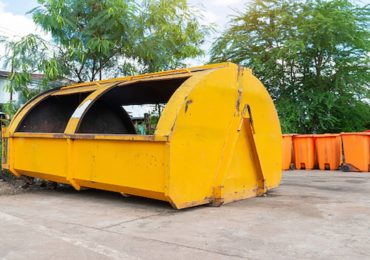Laser printers were developed in the early 1970s, although they weren’t commercially available until the late 1970s. They offered something that other printers at the time couldn’t: speed. Nowadays, laser printers are ubiquitous in many offices around the world. The printing speed and high quality documents that these offer is ideal for busy office environments. But, how do these technologically advanced printers work?
Printing commences when the laser printer receives a message from a computer connected to it. Many laser printers are capable of receiving several messages in a row, queuing prints jobs and rapidly printing one after the other. This is another feature that makes laser printers popular in busy offices.
Laser printers utilise electrostatic technology. Within a laser printer is a drum that has a positive electrical charge. The laser or LED within the printer gives a negative charge to the areas that are being printed. Laser printers use toner cartridges, which contain ‘dust’ which sticks to all the negatively charged areas of the printer drum. The printer then feeds paper inside which is pressed against the drum. The negatively charged ink toner is then transferred to the paper.
As the paper comes out of the printer, it will run through a ‘fuser’. This heats up the toner, causing it to permanently bind with the surface of the paper. The printer drum then goes past a discharge lamp which exposes the drums surface and erases the electrostatic images. The printer is then ready for the next print job.





